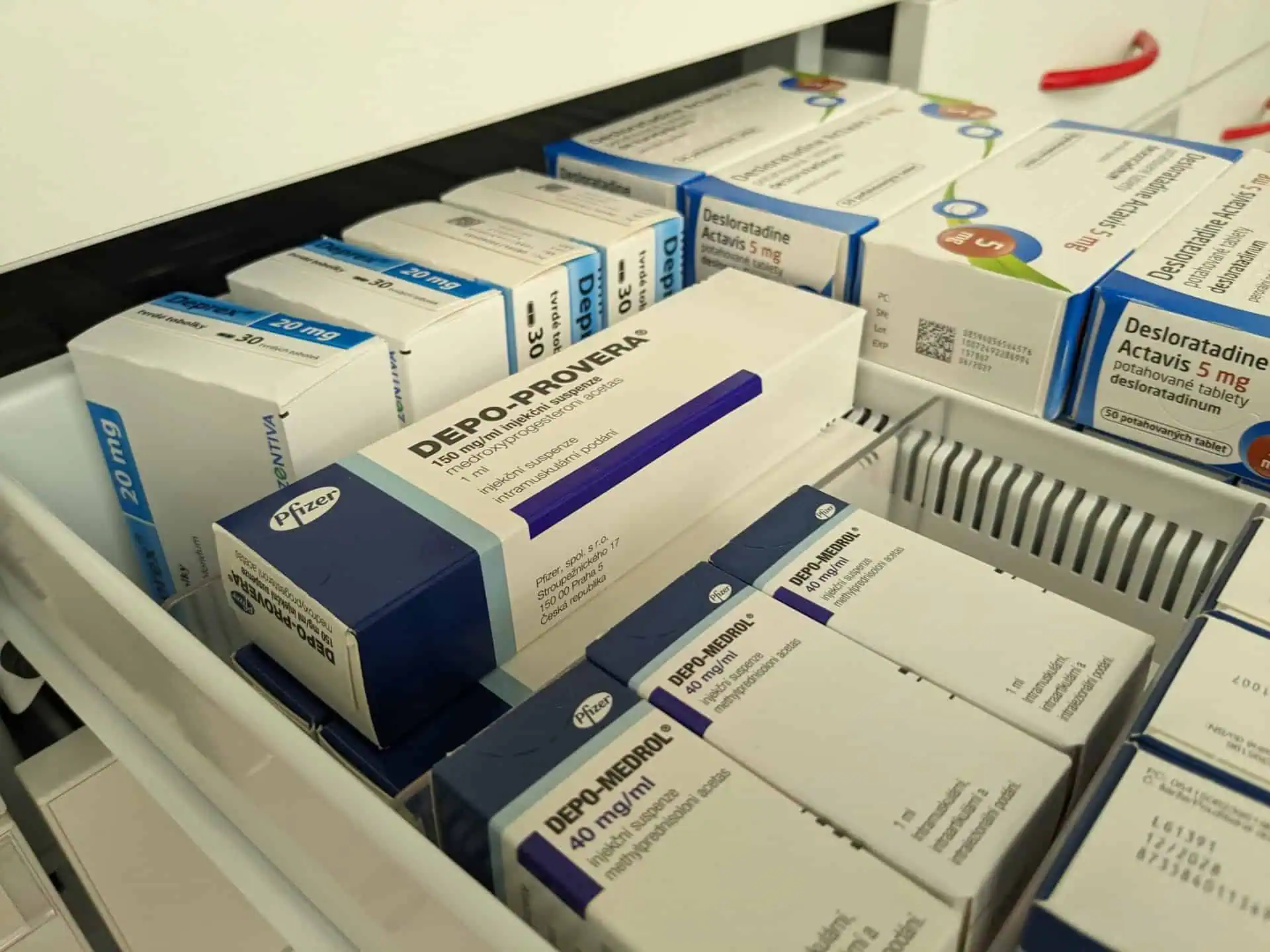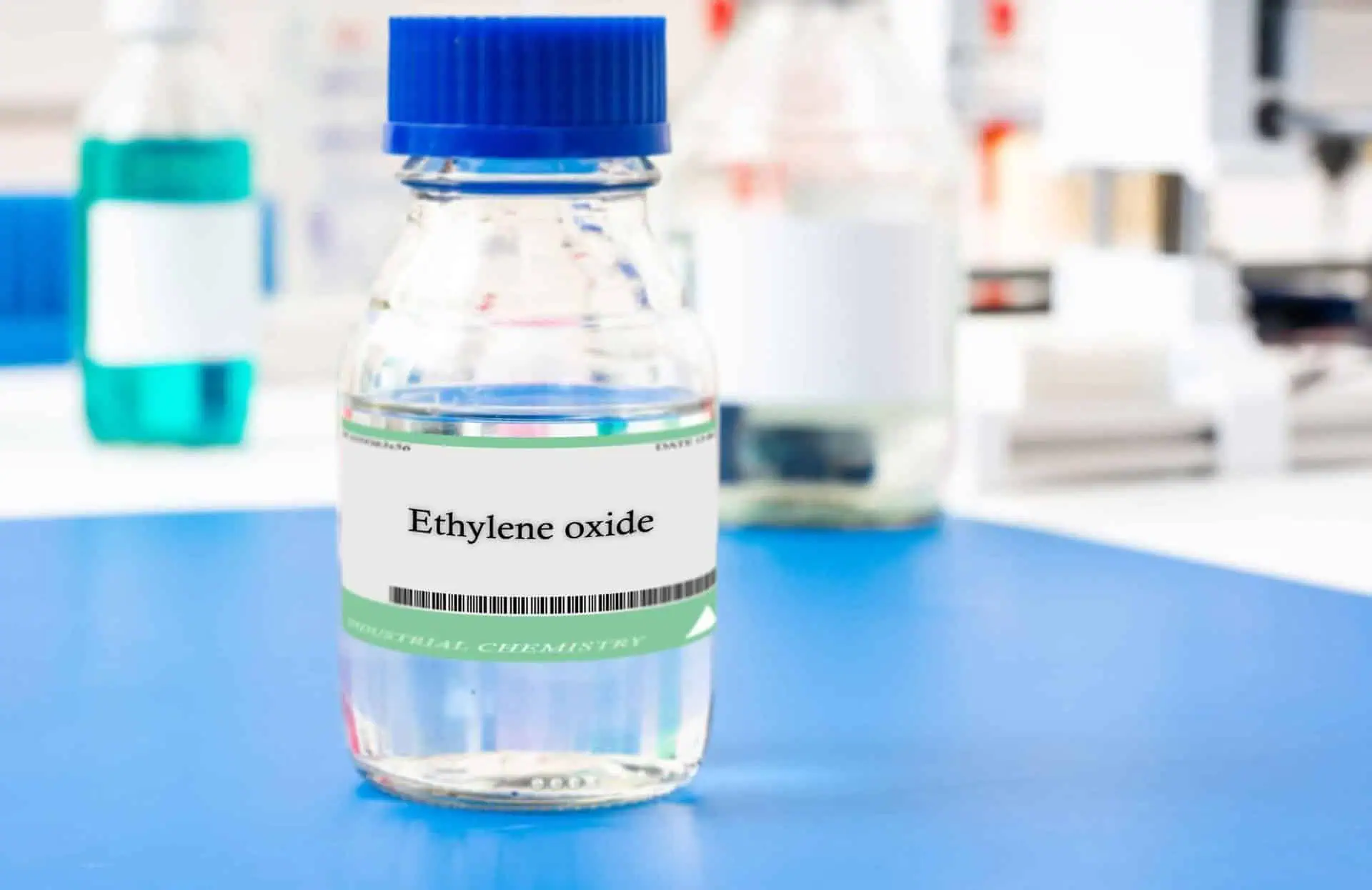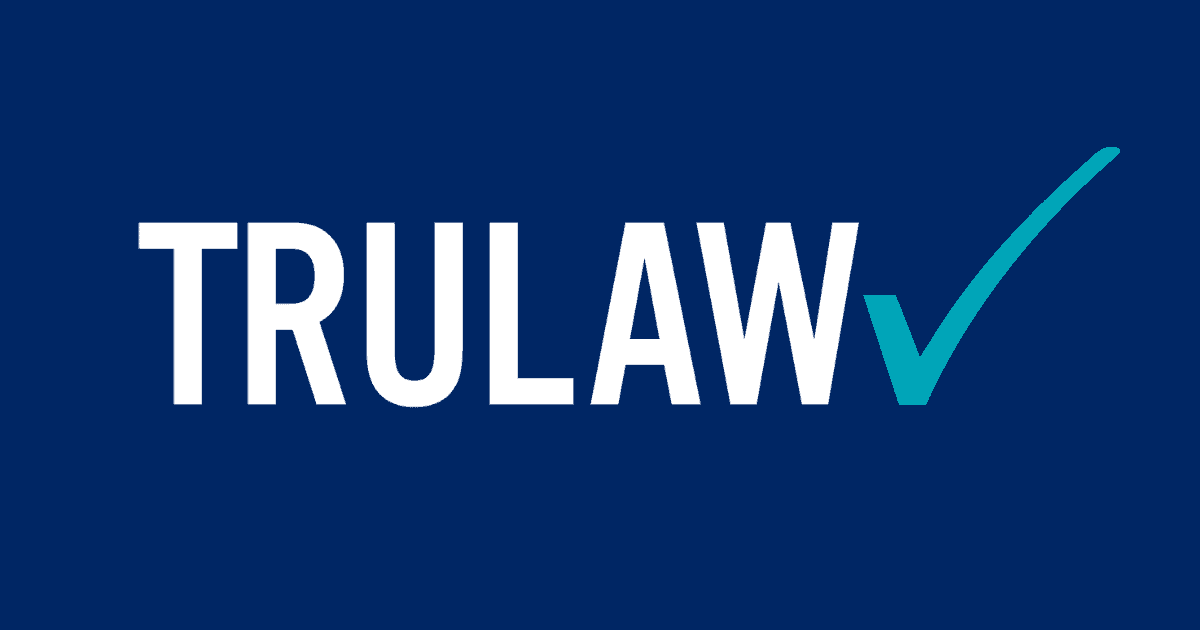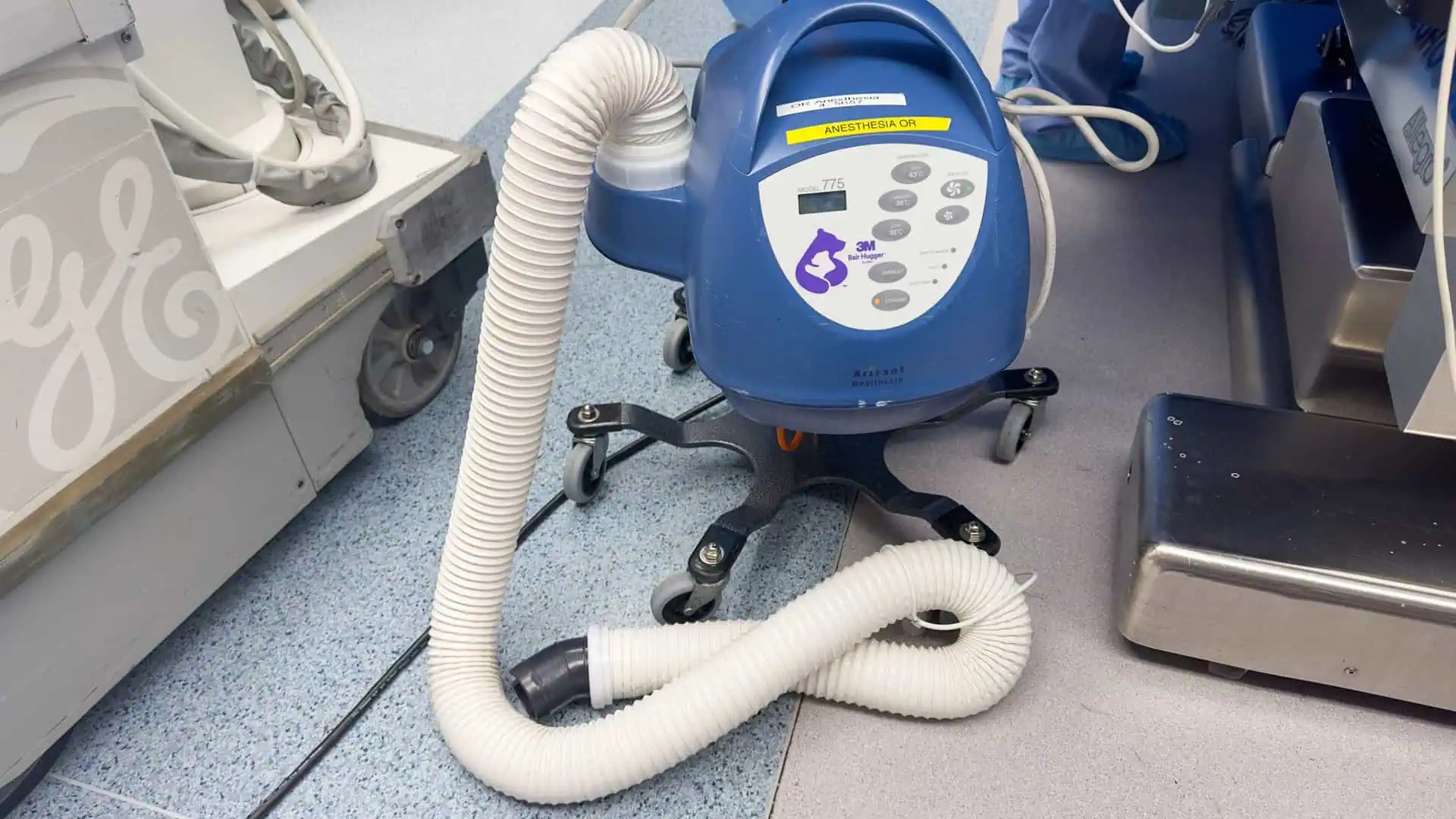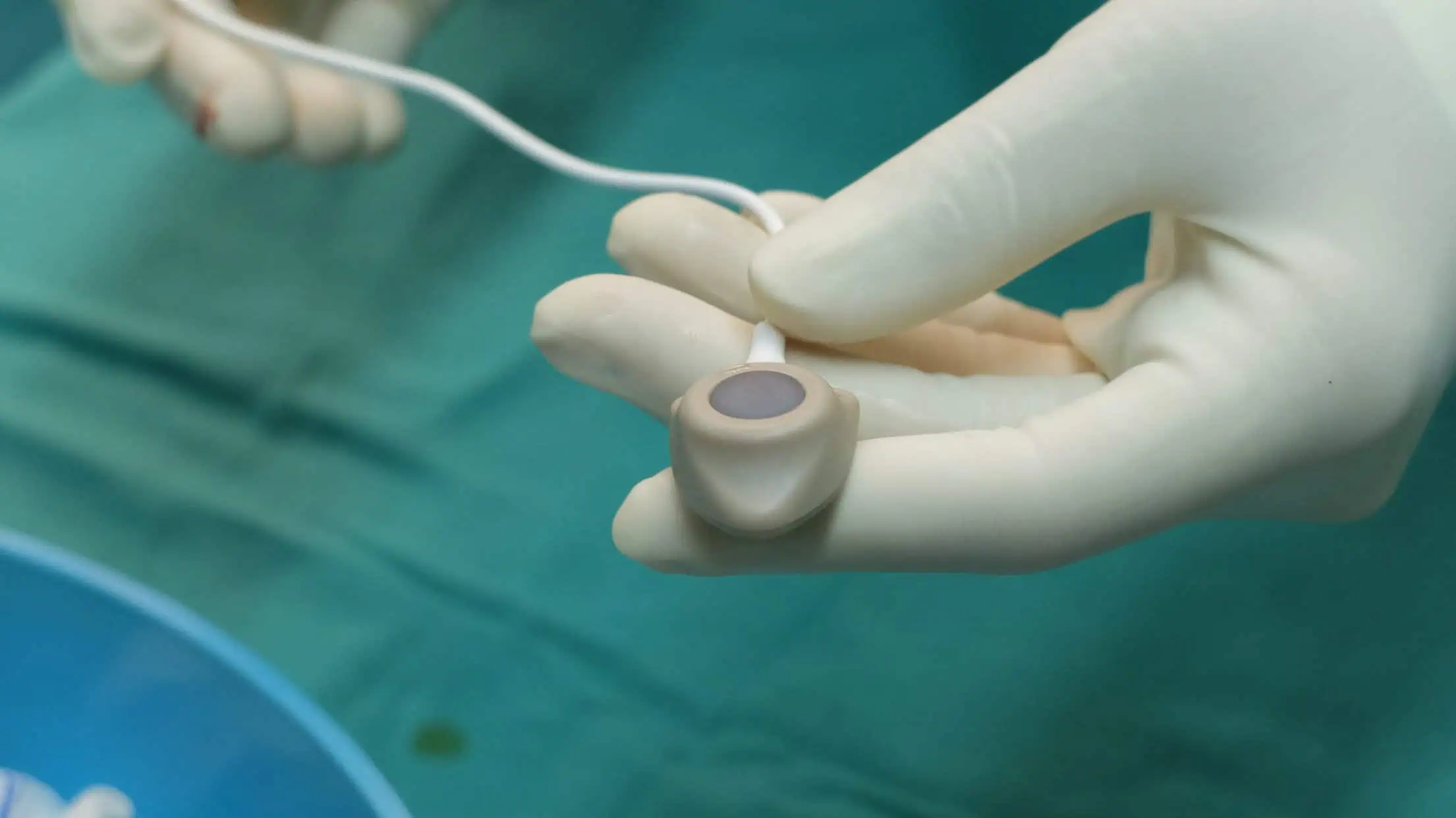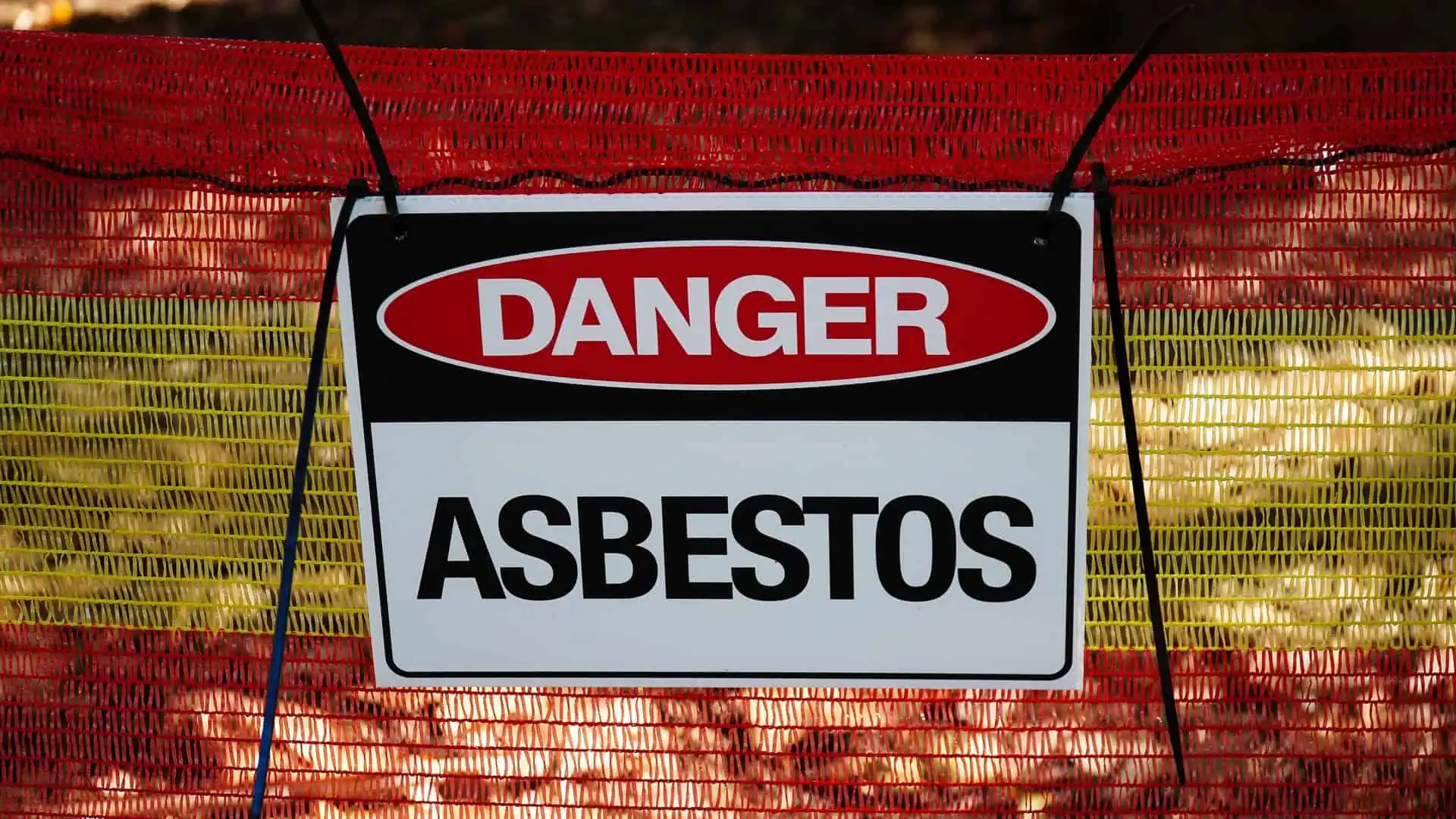JAMA: New Morcellation Device Does Not Eliminate Cancer Risk
- Last Updated: August 13th, 2023

Attorney Jessica Paluch-Hoerman, founder of TruLaw, has over 28 years of experience as a personal injury and mass tort attorney, and previously worked as an international tax attorney at Deloitte. Jessie collaborates with attorneys nationwide — enabling her to share reliable, up-to-date legal information with our readers.
Legally Reviewed
This article has been written and reviewed for legal accuracy and clarity by the team of writers and legal experts at TruLaw and is as accurate as possible. This content should not be taken as legal advice from an attorney. If you would like to learn more about our owner and experienced injury lawyer, Jessie Paluch, you can do so here.
Fact-Checked
TruLaw does everything possible to make sure the information in this article is up to date and accurate. If you need specific legal advice about your case, contact us by using the chat on the bottom of this page. This article should not be taken as advice from an attorney.
JAMA: New Morcellation Device Does Not Eliminate Cancer Risk
The tissue containment system recently approved by the U.S. Food and Drug Administration for use with certain laparoscopic power morcellators does not eliminate the cancer risk associated with power morcellators, cautions a report published May 17 in the Journal of the American Medical Association.

Table of Contents
How The New Device Works
The new device, known as the PneumoLiner, is designed to isolate uterine tissue not suspected of being cancerous.
It consists of a containment bag and a tube-like plunger that positions the device in the abdominal cavity, where it gathers the tissue being removed.
The bag is sealed, inflated, and surgeons then morcellate the tissue within the bag.
Labeling for the device will caution that it should not be used during gynecologic surgery in which the tissue to be morcellated is known or suspected to be malignant.
But the PneumoLiner is not intended for use in all women, according to William Maisel of the Center for Devices and Radiological Health.
“The PneumoLiner is intended to contain morcellated tissue in the very limited patient population for whom power morcellation may be an appropriate therapeutic option—and only if patients have been appropriately informed of the risks,” he said in a statement.
What is Morcellation?
Surgeons use power morcellation during minimally invasive hysterectomy or myomectomy to cut tissue into tiny portions, facilitating easy removal through small openings.
Until recently, the procedure was performed on an estimated 100,000 women annually in the U.S.
The morcellation practice has been scrutinized in recent years, however, because it may spread fragments of undetected uterine sarcomas throughout the abdominal cavity According to FDA estimates, about 1 in 350 women who undergo hysterectomy or myomectomy for fibroids has unsuspected uterine sarcoma.
Power Morcellator Lawsuits Move Forward
Women who believe their cancer diagnosis was made worse as a result of the use of a power morcellator during their minimally invasive fibroid surgery or hysterectomy are currently filing lawsuits against the manufacturer of these devices.
Women were not told of the risk that the spinning blades of the power morcellator and these same women allege that the morcellator spread these cancerous tissues throughout their body, worsening their potential outcome.

Managing Attorney & Owner
With over 25 years of legal experience, Jessica Paluch-Hoerman is an Illinois lawyer, a CPA, and a mother of three. She spent the first decade of her career working as an international tax attorney at Deloitte.
In 2009, Jessie co-founded her own law firm with her husband – which has scaled to over 30 employees since its conception.
In 2016, Jessie founded TruLaw, which allows her to collaborate with attorneys and legal experts across the United States on a daily basis. This hypervaluable network of experts is what enables her to share the most reliable, accurate, and up-to-date legal information with our readers!
Here, at TruLaw, we’re committed to helping victims get the justice they deserve.
Alongside our partner law firms, we have successfully collected over $3 Billion in verdicts and settlements on behalf of injured individuals.
Would you like our help?
At TruLaw, we fiercely combat corporations that endanger individuals’ well-being. If you’ve suffered injuries and believe these well-funded entities should be held accountable, we’re here for you.
With TruLaw, you gain access to successful and seasoned lawyers who maximize your chances of success. Our lawyers invest in you—they do not receive a dime until your lawsuit reaches a successful resolution!
AFFF Lawsuit claims are being filed against manufacturers of aqueous film-forming foam (AFFF), commonly used in firefighting.
Claims allege that companies such as 3M, DuPont, and Tyco Fire Products failed to adequately warn users about the potential dangers of AFFF exposure — including increased risks of various cancers and diseases.
Depo Provera Lawsuit claims are being filed by individuals who allege they developed meningioma (a type of brain tumor) after receiving Depo-Provera birth control injections.
A 2024 study found that women using Depo-Provera for at least 1 year are five times more likely to develop meningioma brain tumors compared to those not using the drug.
Suboxone Tooth Decay Lawsuit claims are being filed against Indivior, the manufacturer of Suboxone, a medication used to treat opioid addiction.
Claims allege that Indivior failed to adequately warn users about the potential dangers of severe tooth decay and dental injuries associated with Suboxone’s sublingual film version.
Social Media Harm Lawsuits are being filed against social media companies for allegedly causing mental health issues in children and teens.
Claims allege that companies like Meta, Google, ByteDance, and Snap designed addictive platforms that led to anxiety, depression, and other mental health issues without adequately warning users or parents.
Transvaginal Mesh Lawsuits are being filed against manufacturers of transvaginal mesh products used to treat pelvic organ prolapse (POP) and stress urinary incontinence (SUI).
Claims allege that companies like Ethicon, C.R. Bard, and Boston Scientific failed to adequately warn about potential dangers — including erosion, pain, and infection.
Bair Hugger Warming Blanket Lawsuits involve claims against 3M — alleging their surgical warming blankets caused severe infections and complications (particularly in hip and knee replacement surgeries).
Plaintiffs claim 3M failed to warn about potential risks — despite knowing about increased risk of deep joint infections since 2011.
Baby Formula NEC Lawsuit claims are being filed against manufacturers of cow’s milk-based baby formula products.
Claims allege that companies like Abbott Laboratories (Similac) and Mead Johnson & Company (Enfamil) failed to warn about the increased risk of necrotizing enterocolitis (NEC) in premature infants.
Here, at TruLaw, we’re committed to helping victims get the justice they deserve.
Alongside our partner law firms, we have successfully collected over $3 Billion in verdicts and settlements on behalf of injured individuals.
Would you like our help?


